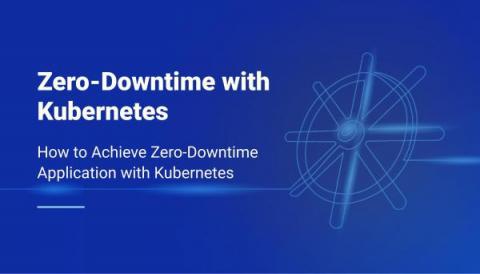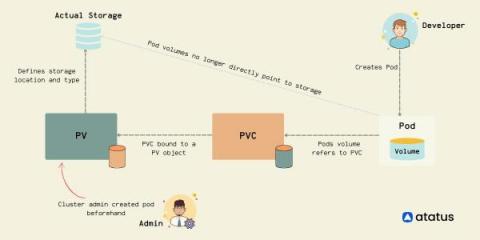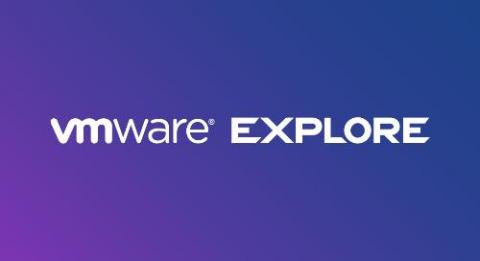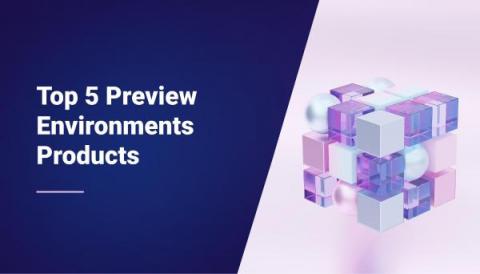Operations | Monitoring | ITSM | DevOps | Cloud
Latest News
Exploring Kubernetes Storage: Persistent Volumes and Persistent Volume Claims
In today's world of container-based applications, the role of storage has become more critical than ever. One of the most significant challenges of containerization is the management of stateful applications. Kubernetes, one of the popular container orchestration platforms, provides a solution to this problem - Persistent Volumes (PVs). PVs allow the storage provision to be decoupled from the lifecycle of the Pod, making it easier to manage stateful applications.
Develop, Operate, and Optimize with VMware Tanzu: A VMware Explore Round-Up
Applications are the center of your organization’s business. Success (or failure) depends on how quickly you can respond to dynamic market demands driven by cultural shifts, technical innovation, and global events. This business agility is driven by fast, predictable application delivery. The past few years have seen IT leaders in the public sector and private industry alike rushing to get better and faster at delivering applications and services to their customers, employees, and constituents.
How to import EKS clusters into Ocean in 5 easy steps
Top 5 Preview Environments Products to Consider in 2023
Using Kubernetes with AWS Lambda: Scaling Up Your Serverless Applications
In today’s world, with Large tech giants and businesses looking forward to moving toward serverless architecture, there has been a significant demand for scaling the applications. It’s therefore no surprise that millions of companies worldwide have adopted, or are planning on migrating to a Kubernetes and AWS Lambda solution to take their serverless applications to the next level.
Top 10 End-to-End Testing Products for Web Applications in 2023
Monitoring Kubernetes with Prometheus
In part I of this blog series, we understood that monitoring a Kubernetes cluster is a challenge that we can overcome if we use the right tools. We also understood that the default Kubernetes dashboard allows us to monitor the different resources running inside our cluster, but it is very basic. We suggested some tools and platforms like cAdvisor, Kube-state-metrics, Prometheus, Grafana, Kubewatch, Jaeger, and MetricFire.
Maximize Long-Term Savings From Cloud Providers with Densify
One of the first considerations for FinOps teams trying to lower their public cloud spend is investing in long-term savings vehicles available from their Cloud Service Provider. These programs can provide customers with upwards of 72% savings off on-demand prices, in return for a 1-to-3-year usage commitment, so it’s pretty common that we see them in use by our customers.











